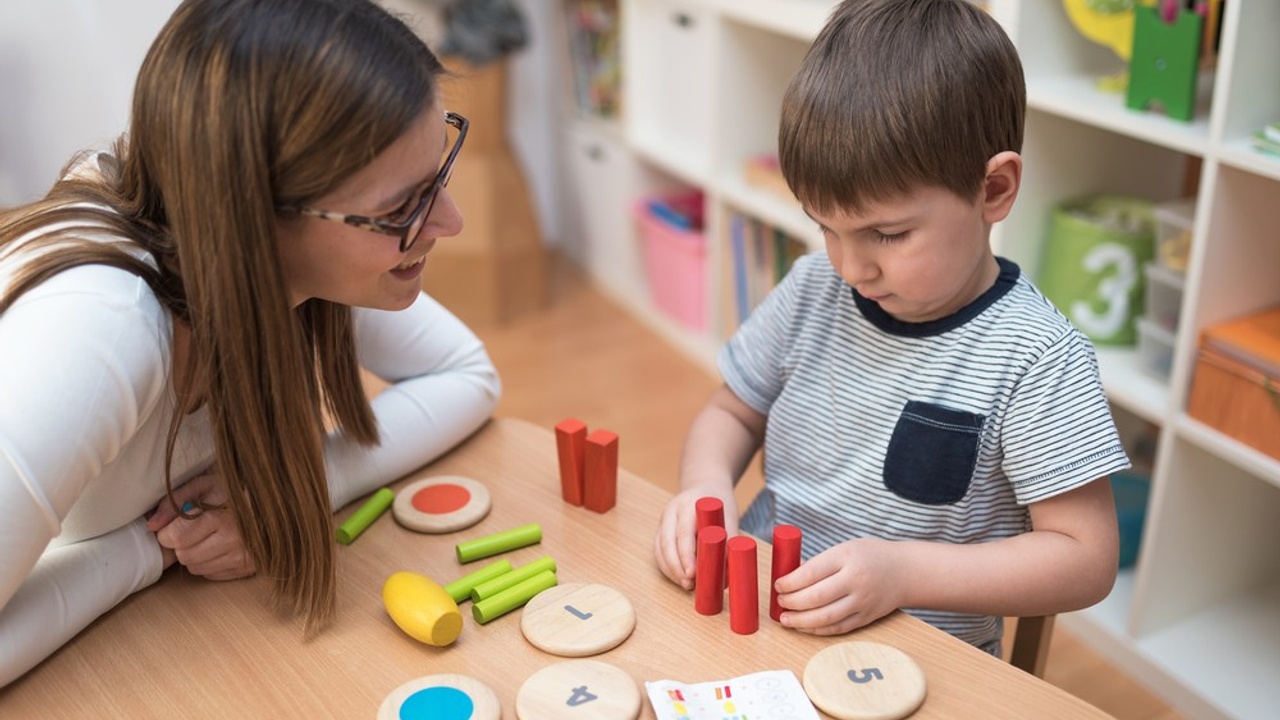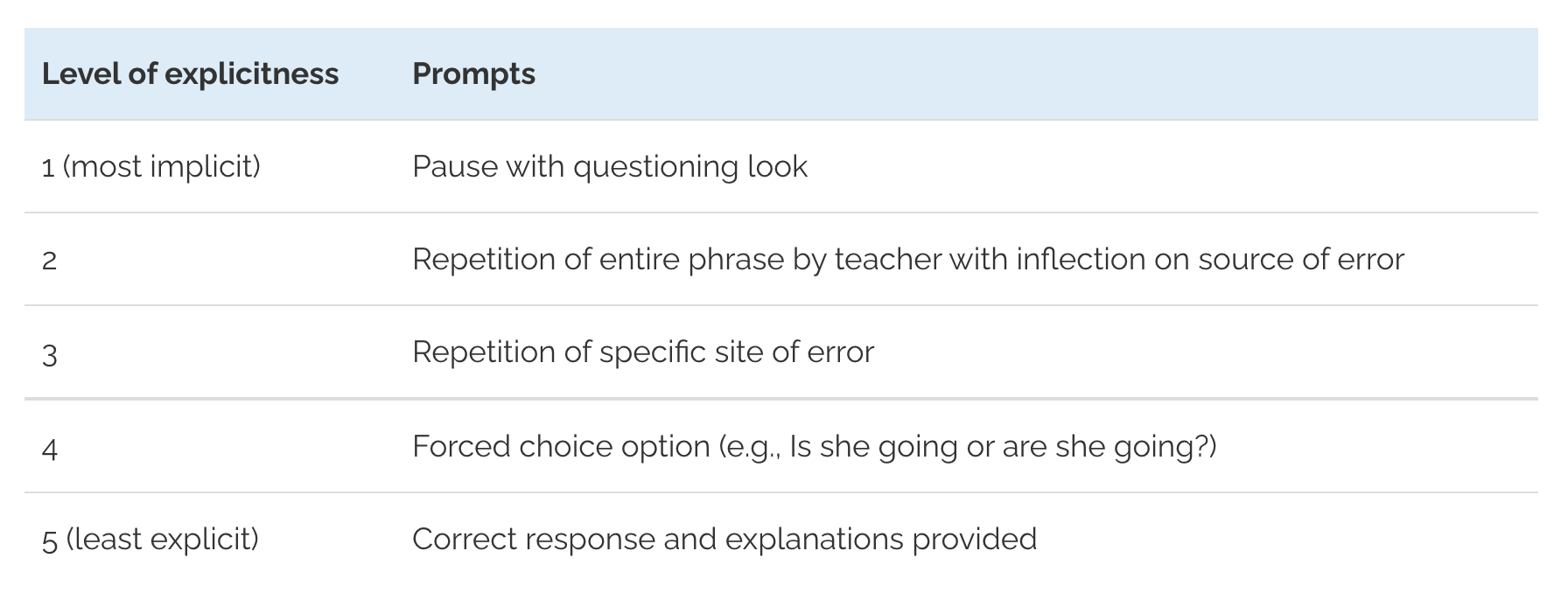What is dynamic assessment?
Oct 22, 2021
By Dr Jeremy Koay
A limited view
The most common assessments are those that seek to measure candidates’ abilities. High-stakes language assessments, such as IELTS and TOEFL, are typically highly-standardised, and examiners usually display a ‘neutral and disinterested stance’ (Lantolf & Poehner, 2004). Although such assessments are very common, they are not the only type of assessment.
A holistic view
Dynamic assessment (DA) is essentially a procedure for simultaneously assessing and promoting development that takes account of an individual’s zone of proximal development (ZPD). In brief, the ZPD asserts that what individuals can accomplish with assistance from others is an indication of what they can accomplish independently in the future.
As opposed to traditional forms of assessment, DA does not make predictions about the future based on past development. Instead, DA seeks to gain insights into what individuals achieve in the future with support and interaction with others (Lantolf & Poehner, 2004). This means that examiners are expected to provide support in DA.
There are two approaches to DA: interventionist and interactionist (Lantolf & Poehner, 2004). In interventionist DA, forms of support are standardised because this approach is concerned with quantifying the amount of support needed to successfully achieve a particular task. During the assessment, examiners provide support from a standardised list of hints. In interactionist DA, forms of support emerge from the examiner-examinee interaction.
Theory and practice
The discussion in section will focus on interventionist DA because it has similarities with traditional assessment procedures due to their psychometric elements.
In interactionist DA, examiners provide support from a standardised list of hints, ranging from explicit to implicit (Lantolf & Poehner, 2004).
This is a list of hints in Davin (2016) for assessing learners’ ability to ask questions verbally:

In this assessment, the examiner records the frequency and quality of prompts given.
References
Davin, K.J. (2016). Classroom dynamic assessment: A critical examination of constructs and practices. The Modern Language Journal, 100(4), 813-829.
Lantolf, J.P. & Poehner, M.E. (2004). Dynamic assessment of L2 development: Bringing the past into the future. Journal of Applied Linguistics, 1(1), 49-72.
Dr Jeremy Koay is a New Zealand-based Independent Researcher and a Research & Development Consultant at EduMaxi. He obtained his PhD in Applied Linguistics from Victoria University of Wellington in 2015. His research interests include Discourse Analysis, Genre Analysis and TESOL.
Image source: shutterstock.com/Lordn

